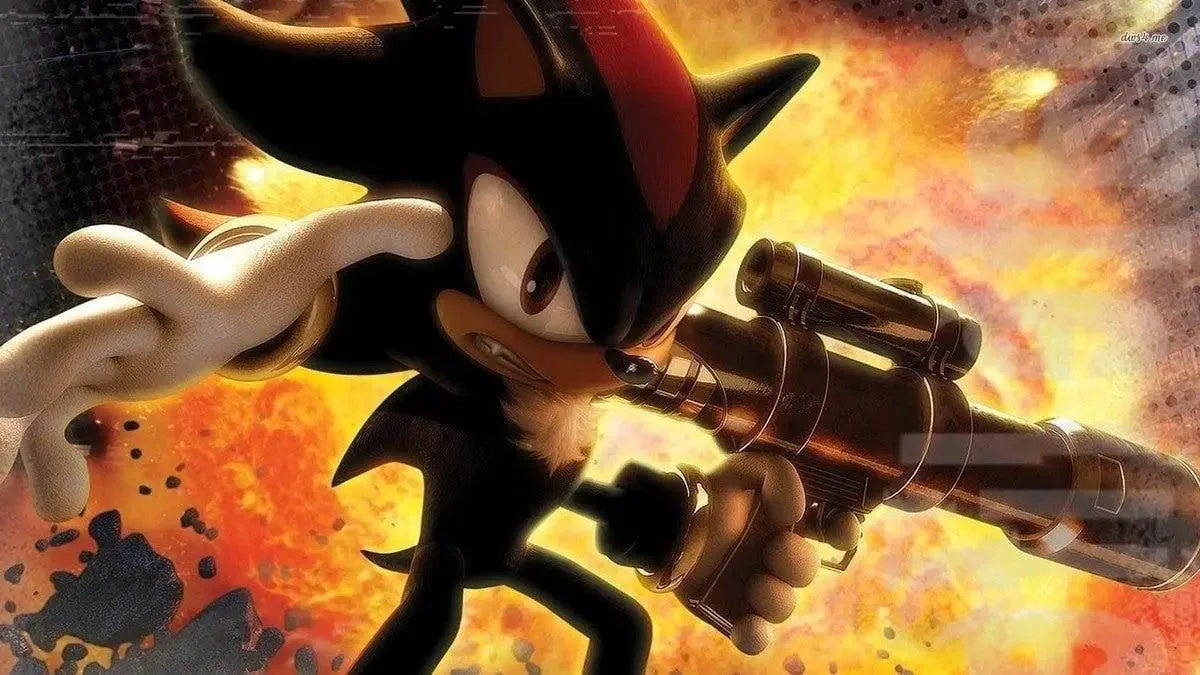As the dust settles on Fallout’s first TV season, which appears to have been as universally beloved as any piece of media can be in today’s world, the line that sticks with me most radiates from early in the show. As Ella Purnell’s Vault Dweller Lucy sleeps beside her Scout badge-perfect campfire, she awakes to find Michael Emerson’s fugitive scientist sitting nearby. All-too familiar with the perils of the Wasteland, Emerson’s character urges her to return to the Vault from whence she came. This goes down with Lucy about as well as two litres of irradiated water, so instead the scientist posits a question. “Will you still want the same things, when you become a different animal altogether?”
It’s an interesting question to ask in the context of Fallout itself, a series which is at once so recognisable and yet so different from its original form. On the one hand, you can trace Fallout’s aesthetic all the way back to the opening cinematic of the first game, which juxtaposes a kitsch 1950s-style commercial with the blasted moonscape of post-nuclear America, all to the lilting vocals of the Ink Spots’ “Maybe”. It’s interesting to return to now. Rare is it that a series’ audiovisual identity emerges so fully formed, yet it’s there in Fallout from Defcon one.
Yet the games beneath the Vault Boy iconography have changed dramatically in the last quarter-century, to the point where it remains a bone of contention within the Fallout community. There is something, the argument goes, that Interplay’s isometric RPGs have which Bethesda’s 3D, real-time open world games lack. Certainly, the more recent games have had their flaws. Fallout 3 arguably dialled back the colour of Fallout too much, while Fallout 4 leans heavily toward being a shooter at the cost of broader role-playing options. But these remain distinctly Fallout games in other ways, replete with that familiar visual identity, and in quests like the Gary-filled Vault 108 – as perfectly strange as the wasteland demands.



